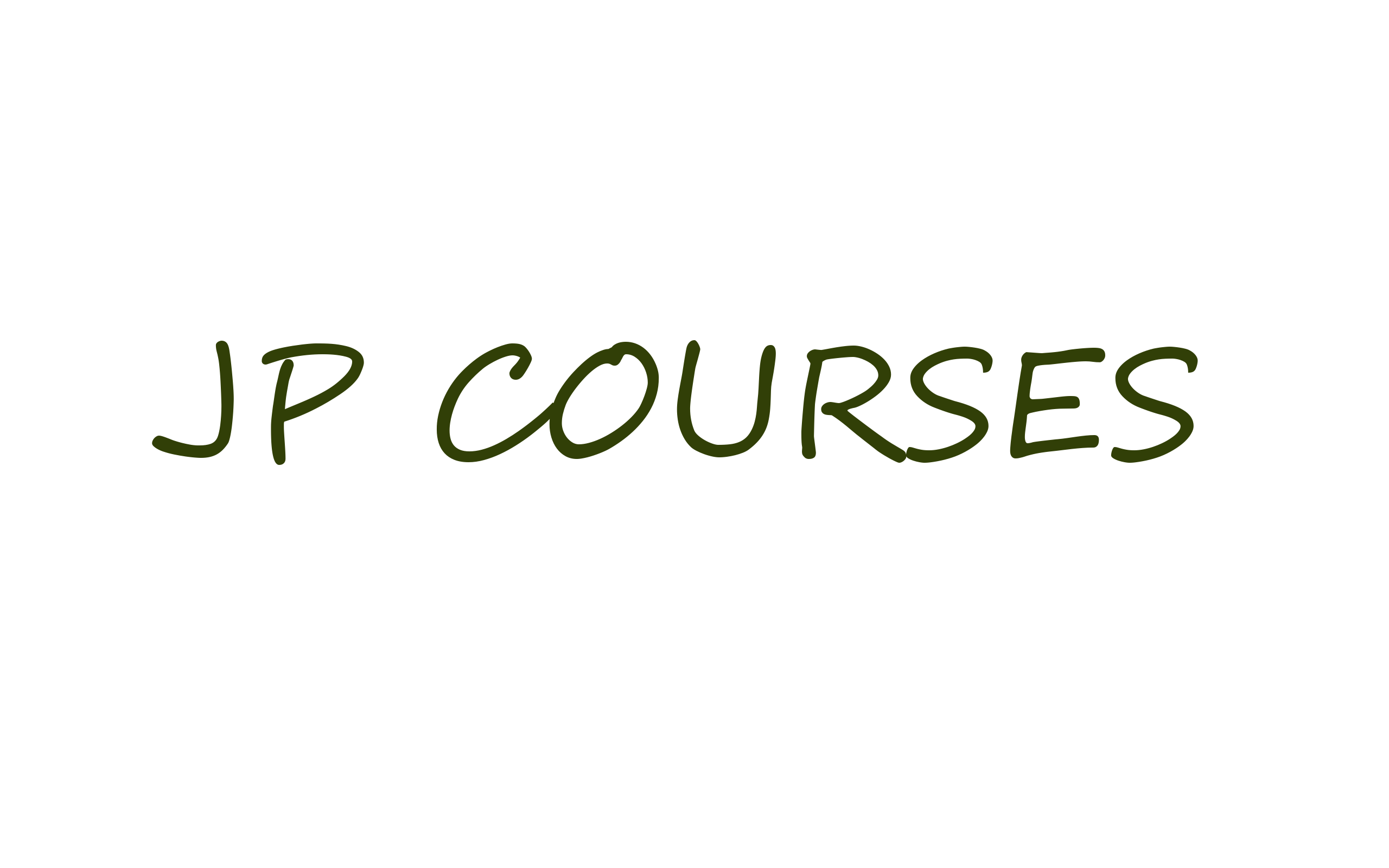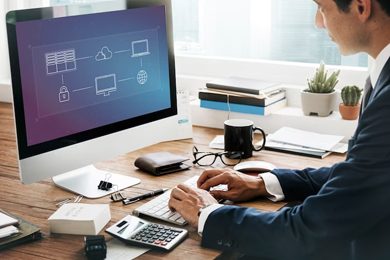



 Tech & IT
Tech & IT
 Business
Business
 Coding & Developer
Coding & Developer
 Finance & Accounting
Finance & Accounting
 Academics
Academics
 Office Applications
Office Applications
 Art & Design
Art & Design
 Marketing
Marketing
 Health & Wellness
Health & Wellness
 Sounds & Music
Sounds & Music
 Lifestyle
Lifestyle
 Photography
Photography
More Learnfly
Business Solution Become an InstructorRelaxation involves intentional practices to reduce stress and promote a calm state of mind and body. Techniques may include deep breathing, meditation, or activities that bring comfort and tranquility, contributing to overall well-being.












Learn more topics in various categories at one place. Explore unlimited courses in other categories and up-skill yourself today.

 Jazeb Akram
Jazeb Akram 4.2 771160 Beginner Level

 John Hedengren
John Hedengren 4.1 569064 All Level

 Ranjan Pandey
Ranjan Pandey 4.1 346731 All Level

 Muhammad Ahsan Pervaiz
Muhammad Ahsan Pervaiz 4.2 101338 All Level

 Pieter Vliegenthart
Pieter Vliegenthart 4.6 100918 All Level

 Jerome P.
Jerome P. 4.8 100882 All Level

 Senol Atac
Senol Atac 4.9 100093 All Level

 Vikas Munjal
Vikas Munjal 4.8 100066 Beginner Level

 Avinash A
Avinash A 4.8 100015 All Level
Relaxation refers to a state of reduced tension, both physically and mentally. It is crucial for overall well-being as it helps alleviate stress, promote mental clarity, and contribute to physical health. Regular relaxation practices are linked to improved mood, better sleep, and enhanced resilience to stressors.
Common relaxation techniques include deep breathing exercises, progressive muscle relaxation, guided imagery, meditation, and activities like gentle yoga or tai chi. These techniques aim to induce a state of calmness and reduce the physiological and psychological effects of stress.
Relaxation has a profound impact on mental well-being by reducing anxiety, promoting emotional balance, and improving cognitive function. It helps individuals manage the demands of daily life, enhances focus, and provides a mental reset, leading to a more positive outlook.
Yes, relaxation techniques can be easily incorporated into daily life. Simple practices like mindful breathing during breaks, short meditation sessions, or incorporating moments of quiet reflection can have a positive impact. Consistent integration of these practices contributes to long-term well-being.
Yes, there are various relaxation techniques that cater to different preferences and situations. Some individuals may prefer guided imagery or meditation, while others find relaxation in activities like reading, listening to music, or spending time in nature. Tailoring relaxation practices to personal preferences increases their effectiveness.






